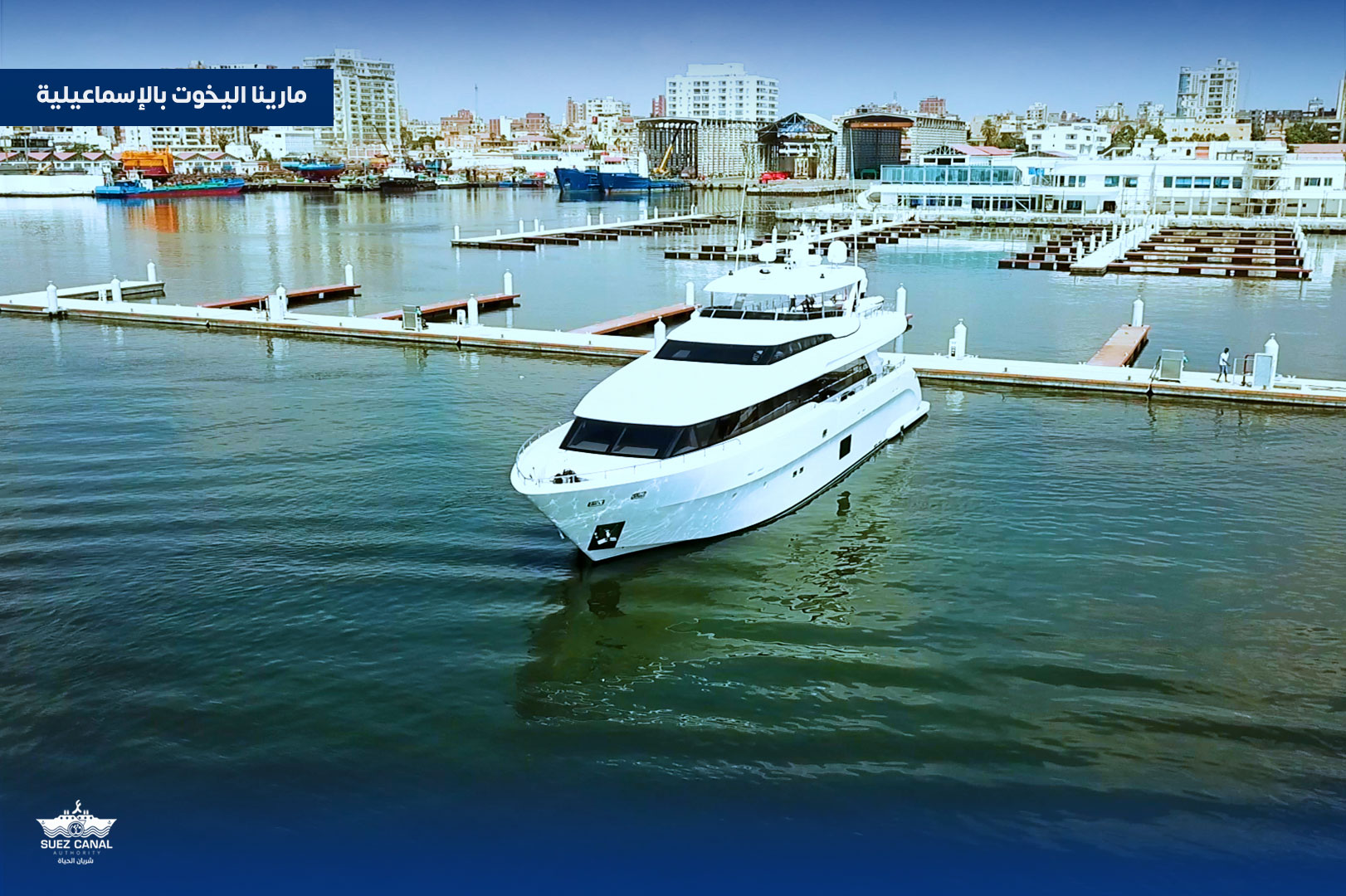Venice has long had difficulties with high tide flooding, linked to local subsidence and slowly rising seas, but this past weekend it has the opposite problem: dry canals.
A rare anticyclone wind system over the Mediterranean, combined with tides and currents, left the Venice Lagoon about 26 inches below average. This is so low that many of the city’s busy waterways became impassable to boat traffic at low tide, creating logistics issues. Venice’s unique water ambulances have experienced some trouble reaching call-outs due to low water in the canals, according to ANSA.
While the low water level is not unusual in itself – and the all-time record is far lower – it is rare for the condition to continue for days. It has been 15 years since the last time that there was such a prolonged low-water event. Tides are expected to return to normal later this week.
Bassa marea eccezionale, Venezia "in secca": navigazione a rischio per i mezzi di soccorso https://t.co/SgIfhLuXrE
— Lupo1960 (@Lupo1960) February 17, 2023
The low water level in Venice has everything to do with the weather, according to meteorologists, but not necessarily with the climate. Europe is currently experiencing an exceptional high-pressure zone (anticyclone), which has endured for weeks. This has reduced rainfall levels across Italy, lowering the amount of water flowing into the Venice Lagoon from the shore side. In addition, high air pressure has a direct effect on tidal level: just as low barometric pressure contributes to the extreme high tides of a hurricane’s storm surge, high barometric pressure depresses the water level. When combined with prevailing currents in the Adriatic, and with the lunar tidal cycle, the high pressure system has created an unusually prolonged low tide.
Venice is better known for its regular “acqua alta” flooding at high tide, which often immerses low-lying areas like the famed Piazza San Marco. But the city is bringing this well-publicized problem under control, thanks to a multi-billion-dollar, multi-decade project to build flood gates at the lagoon’s entrance channels. The so-called MOSE gate system is designed to prevent the most extreme flooding events, and with current operating plans, it should protect about 85 percent of the city of Venice from high waters, according to its managers.















